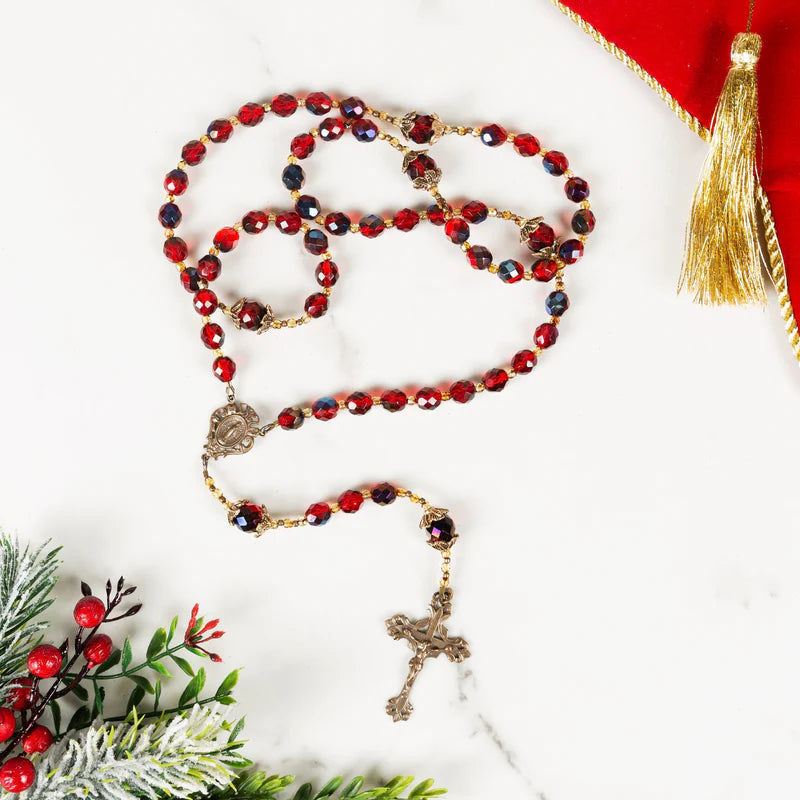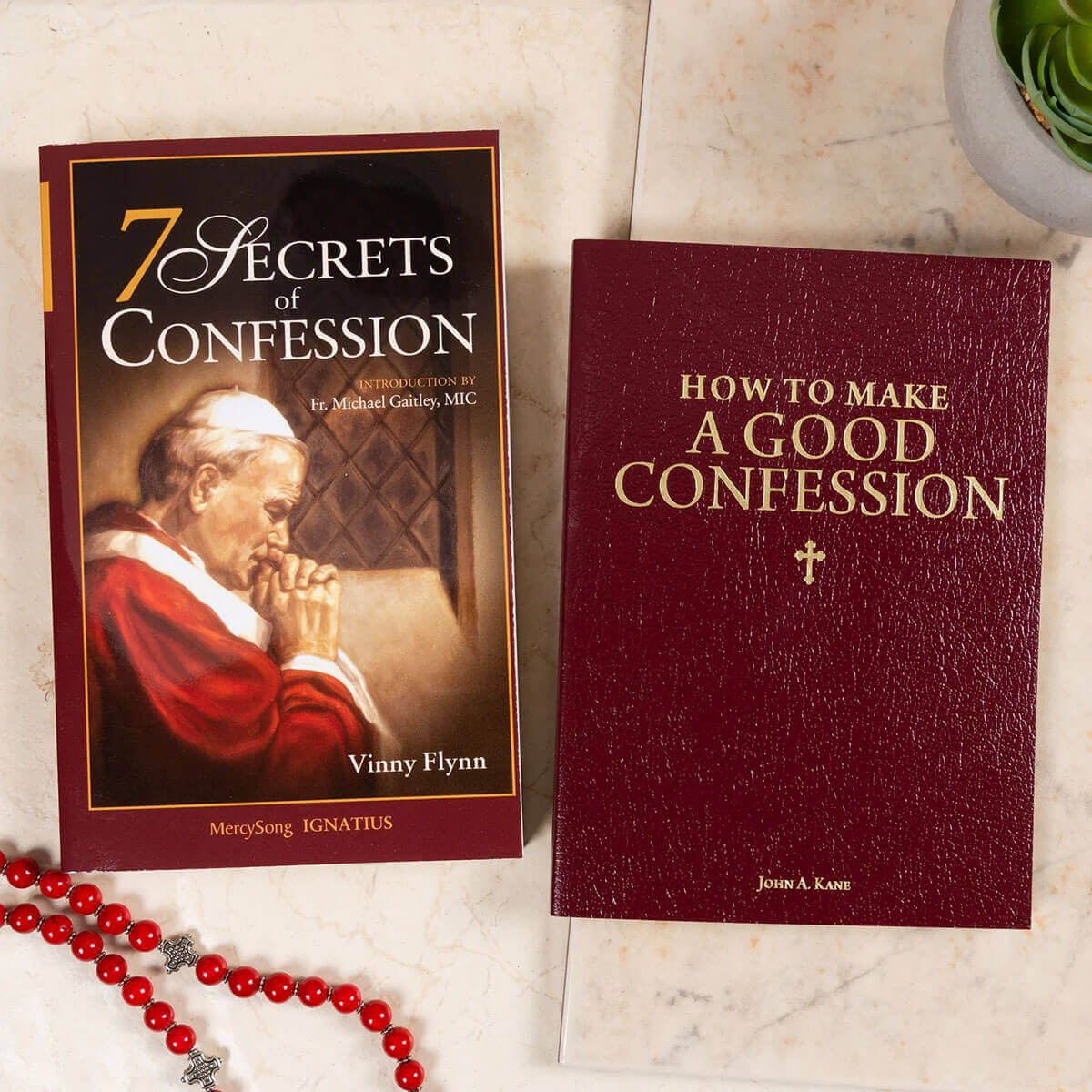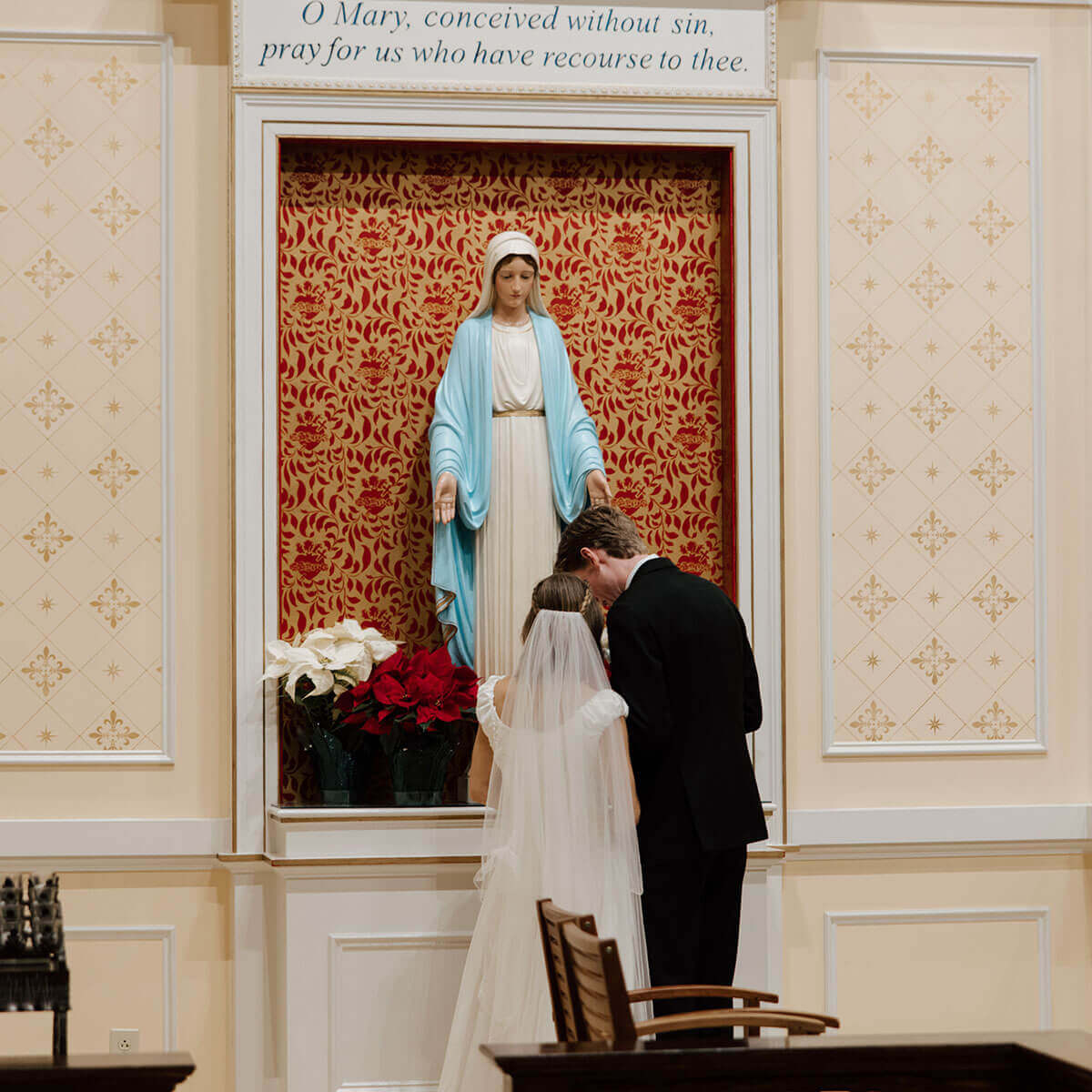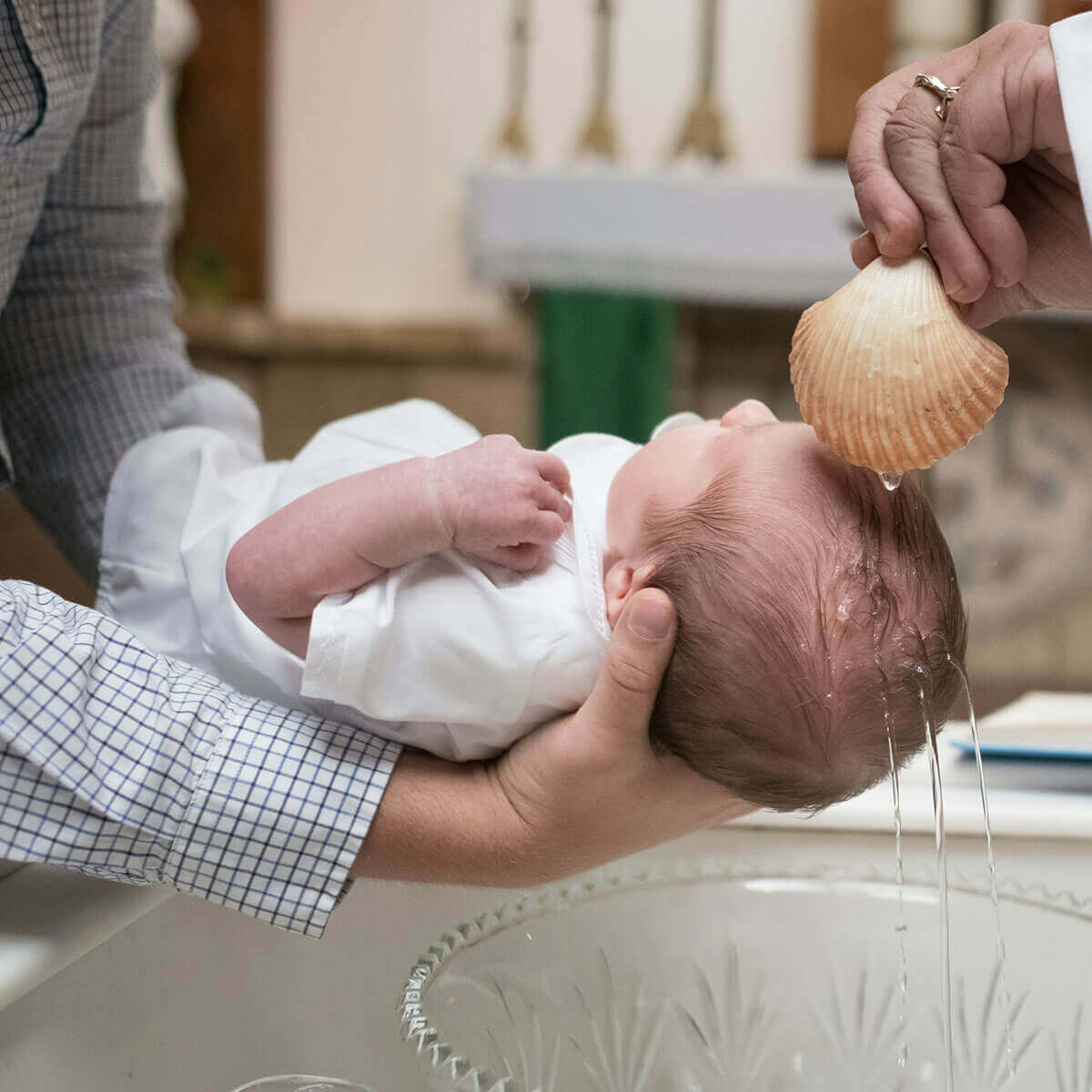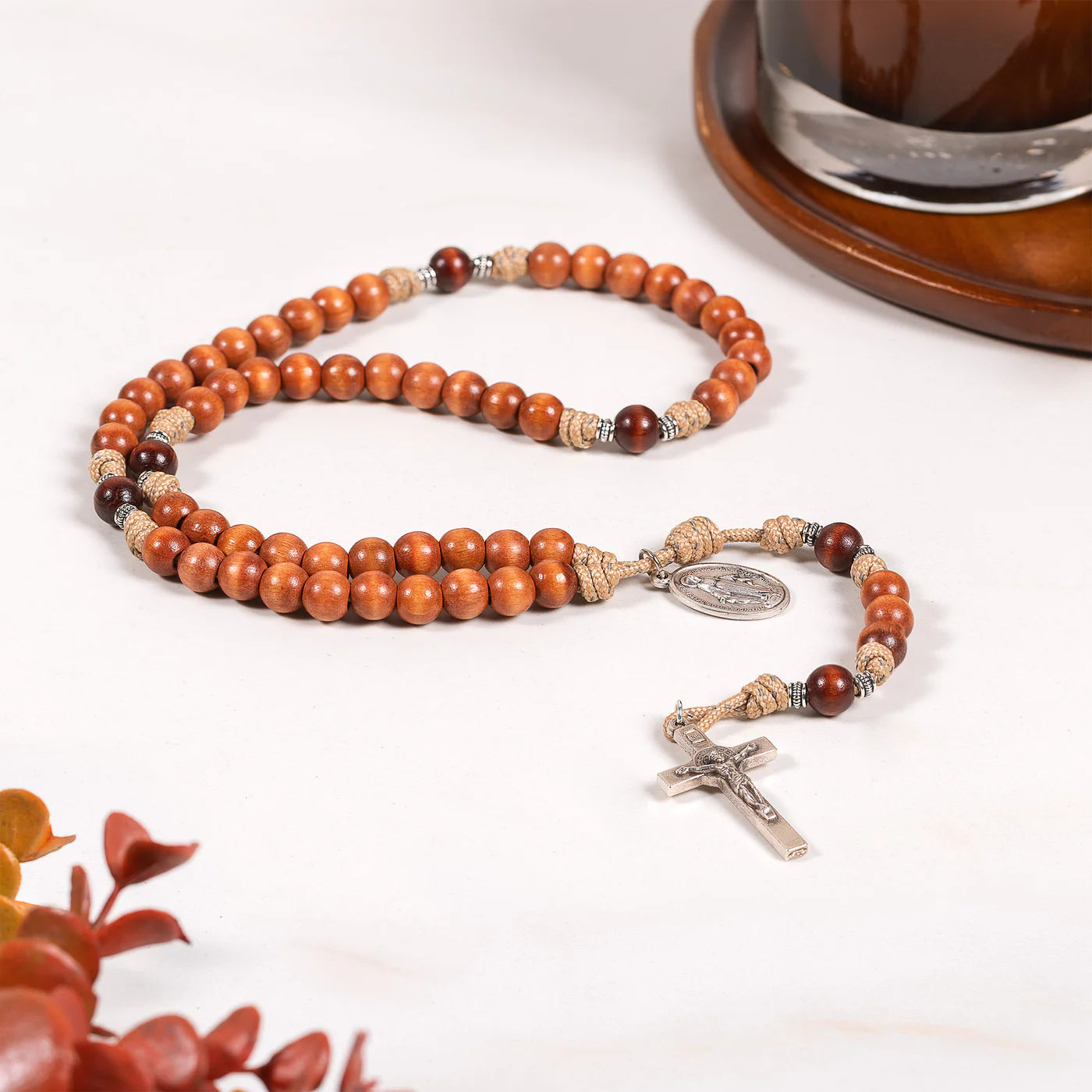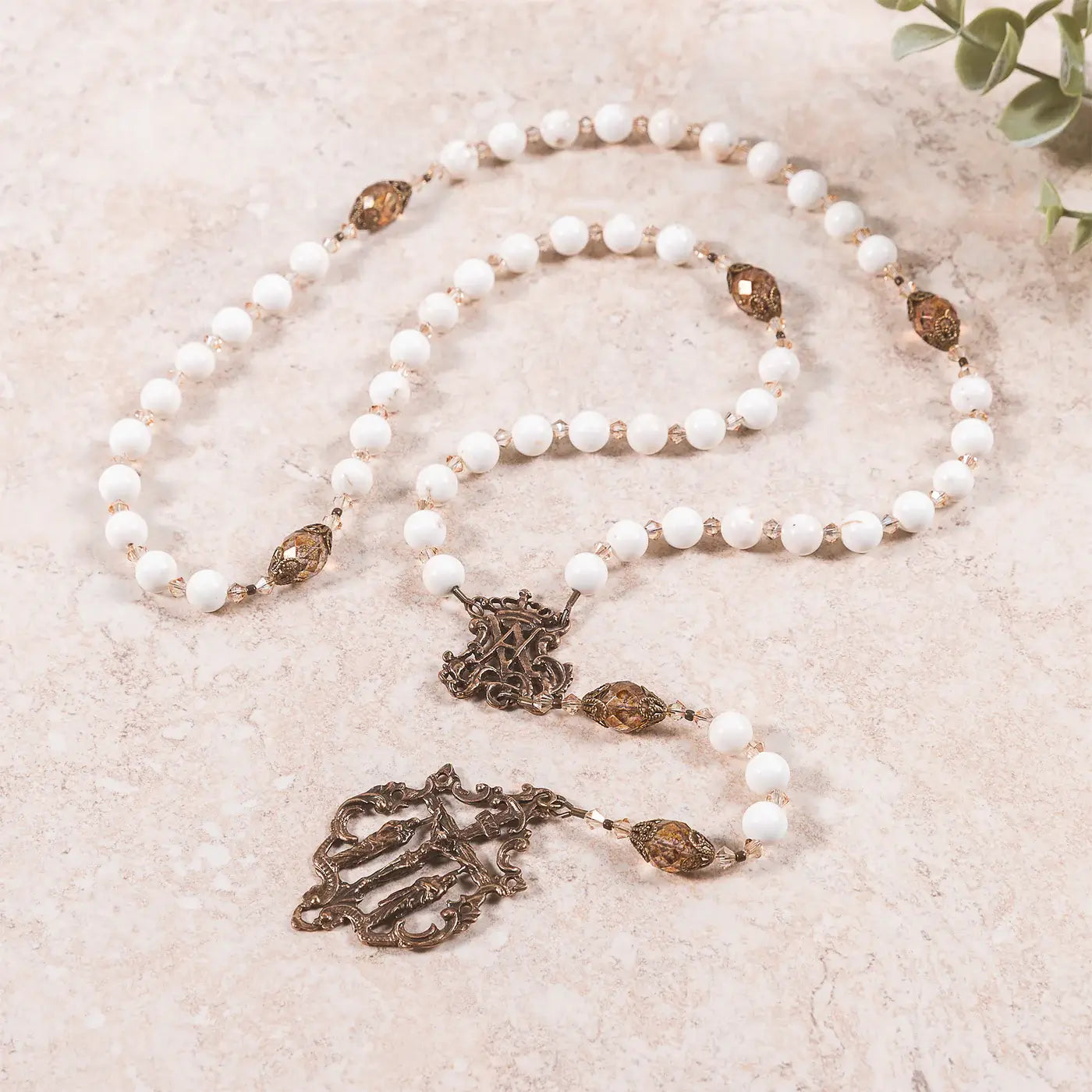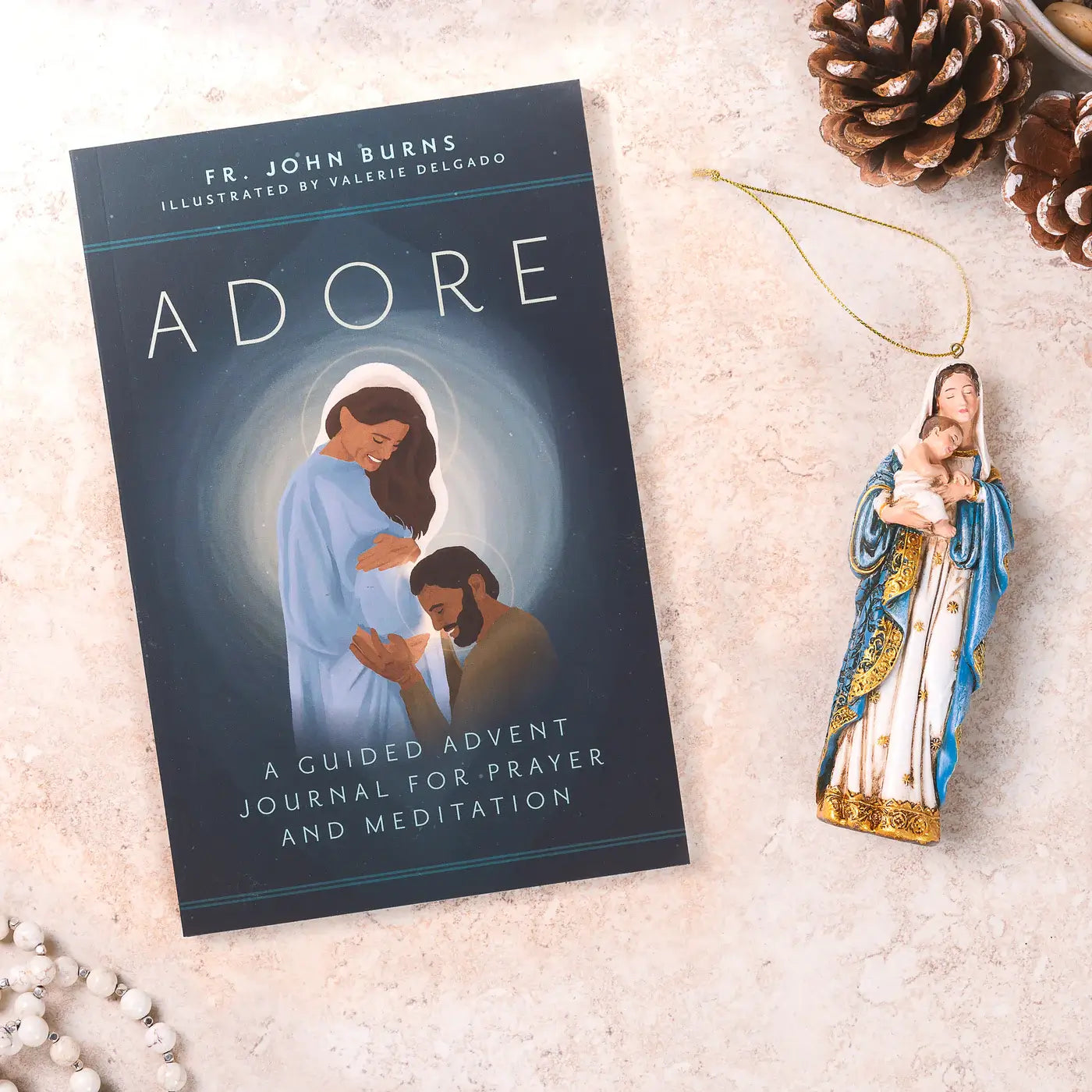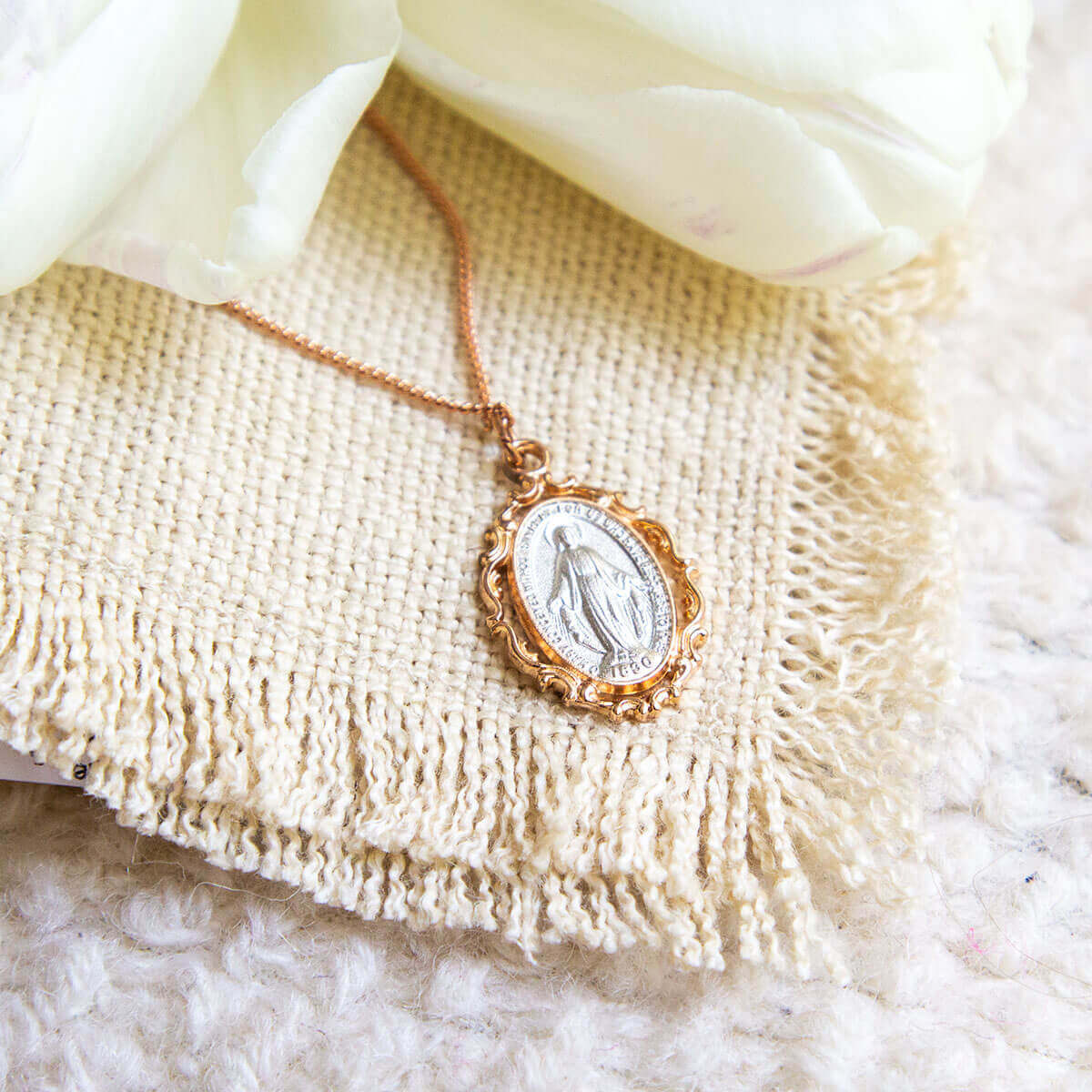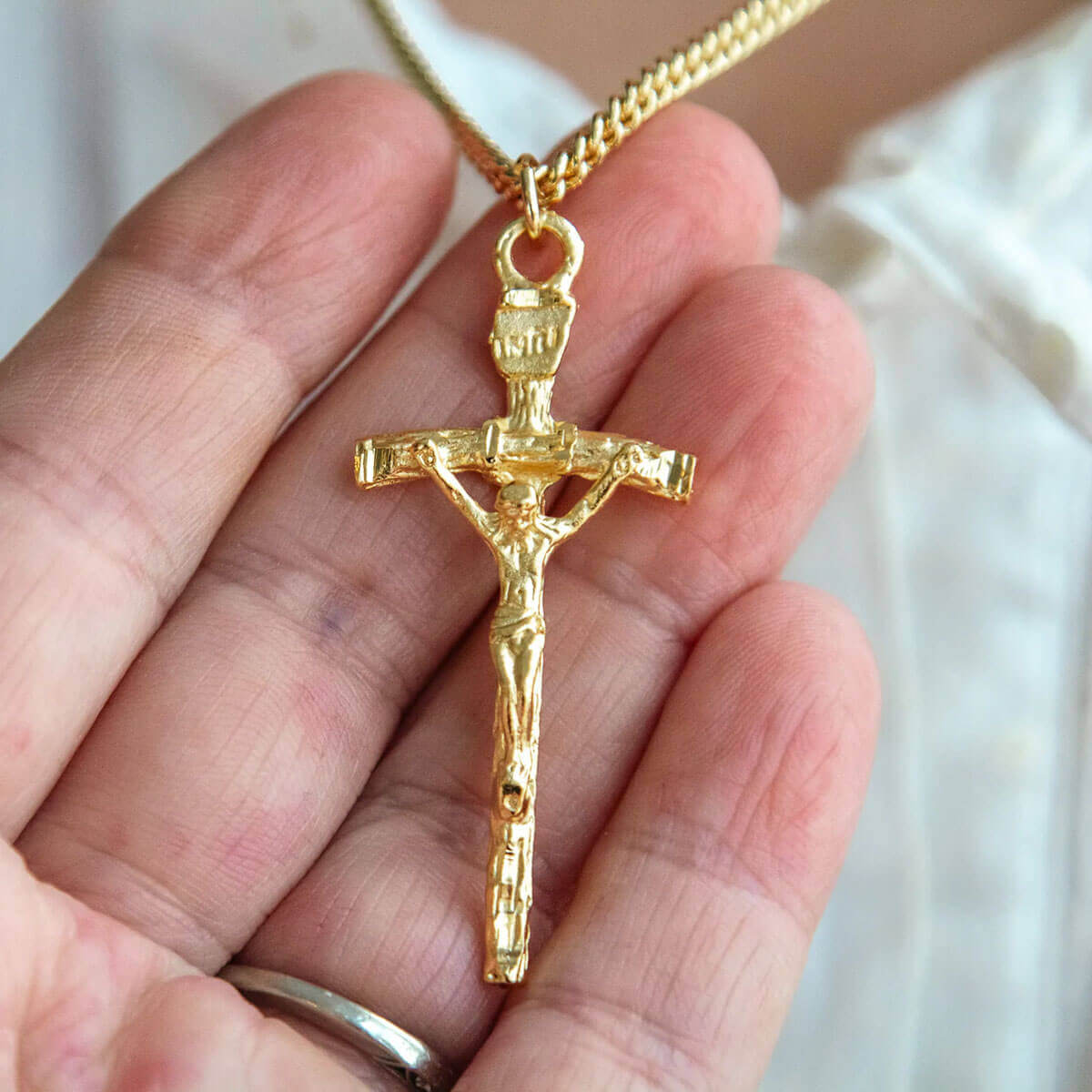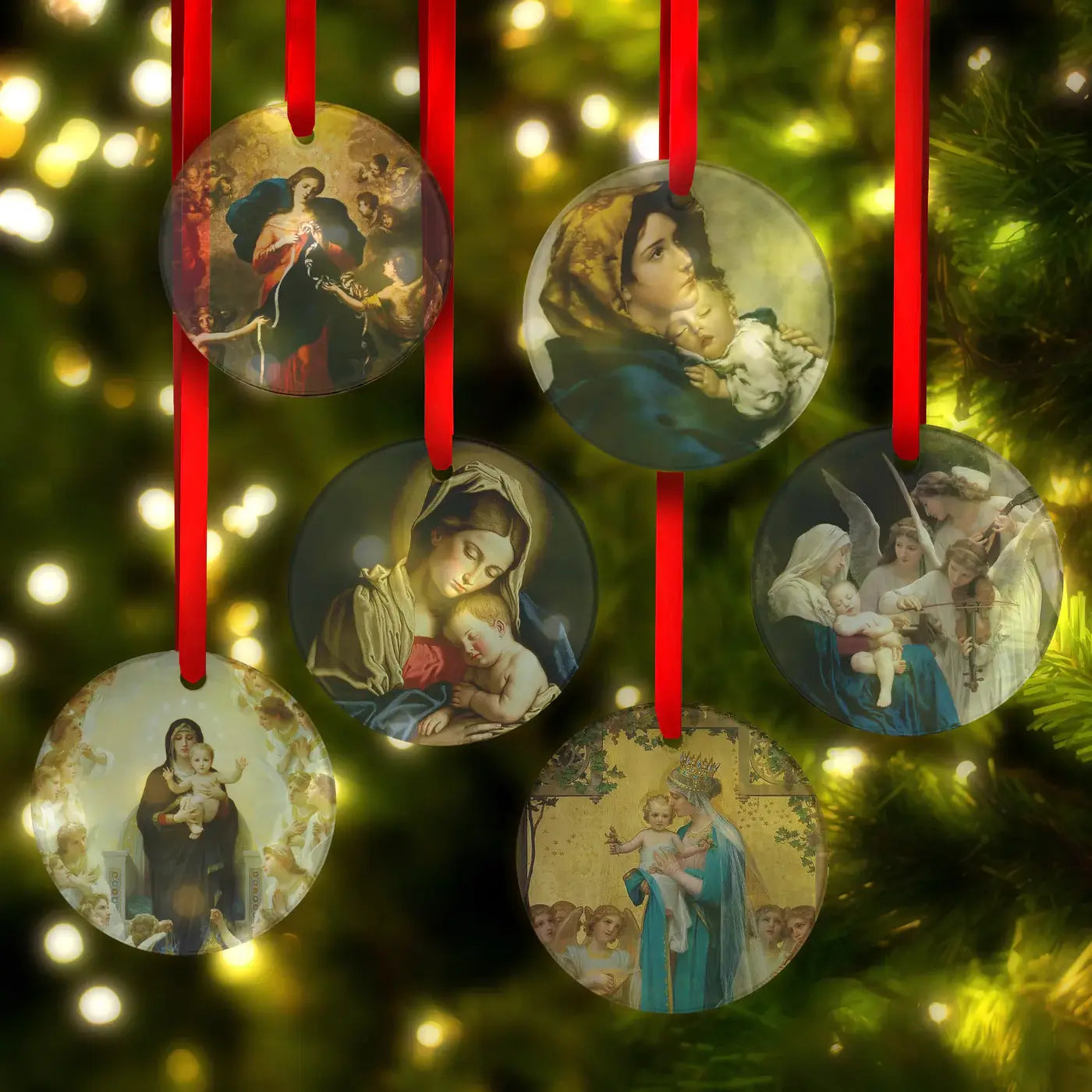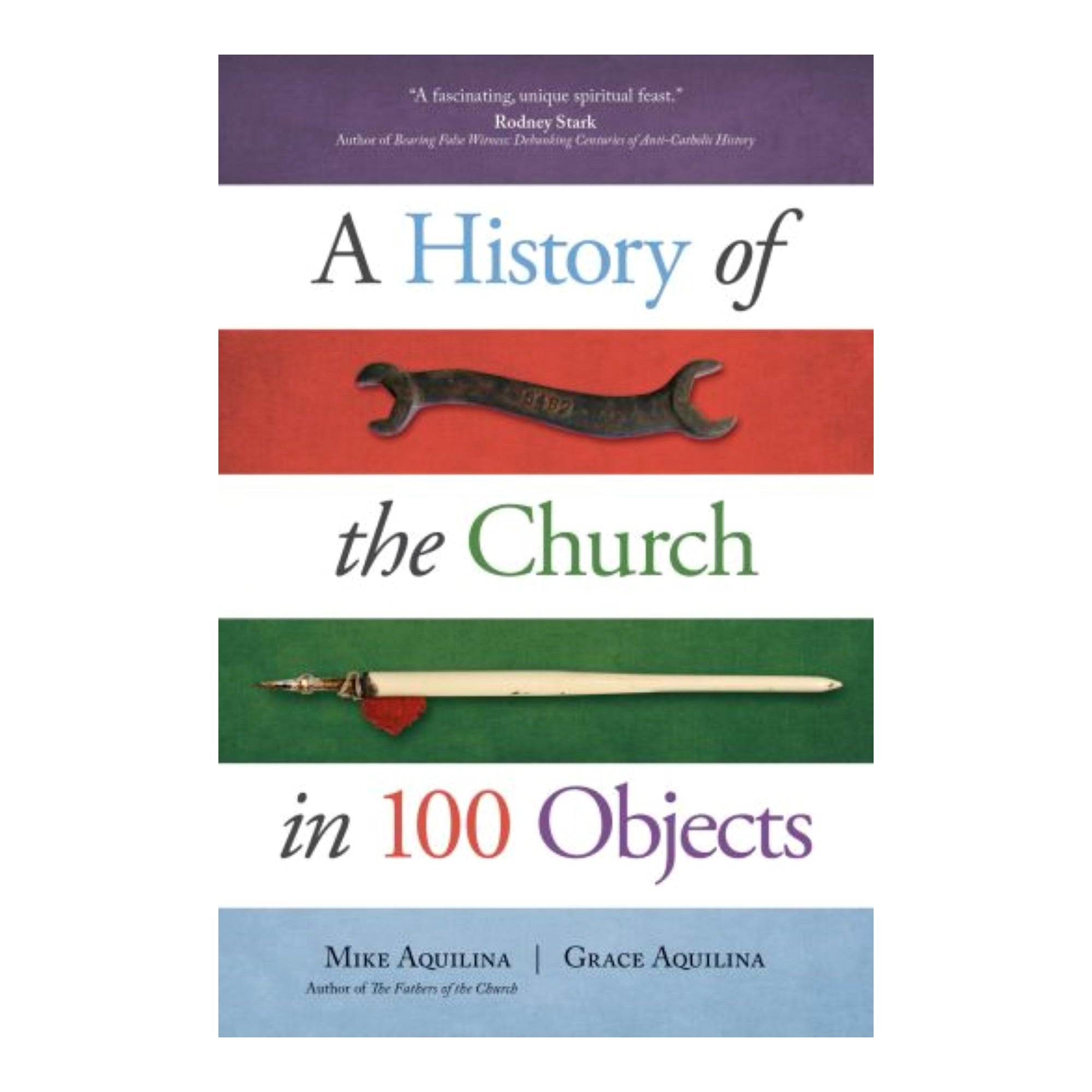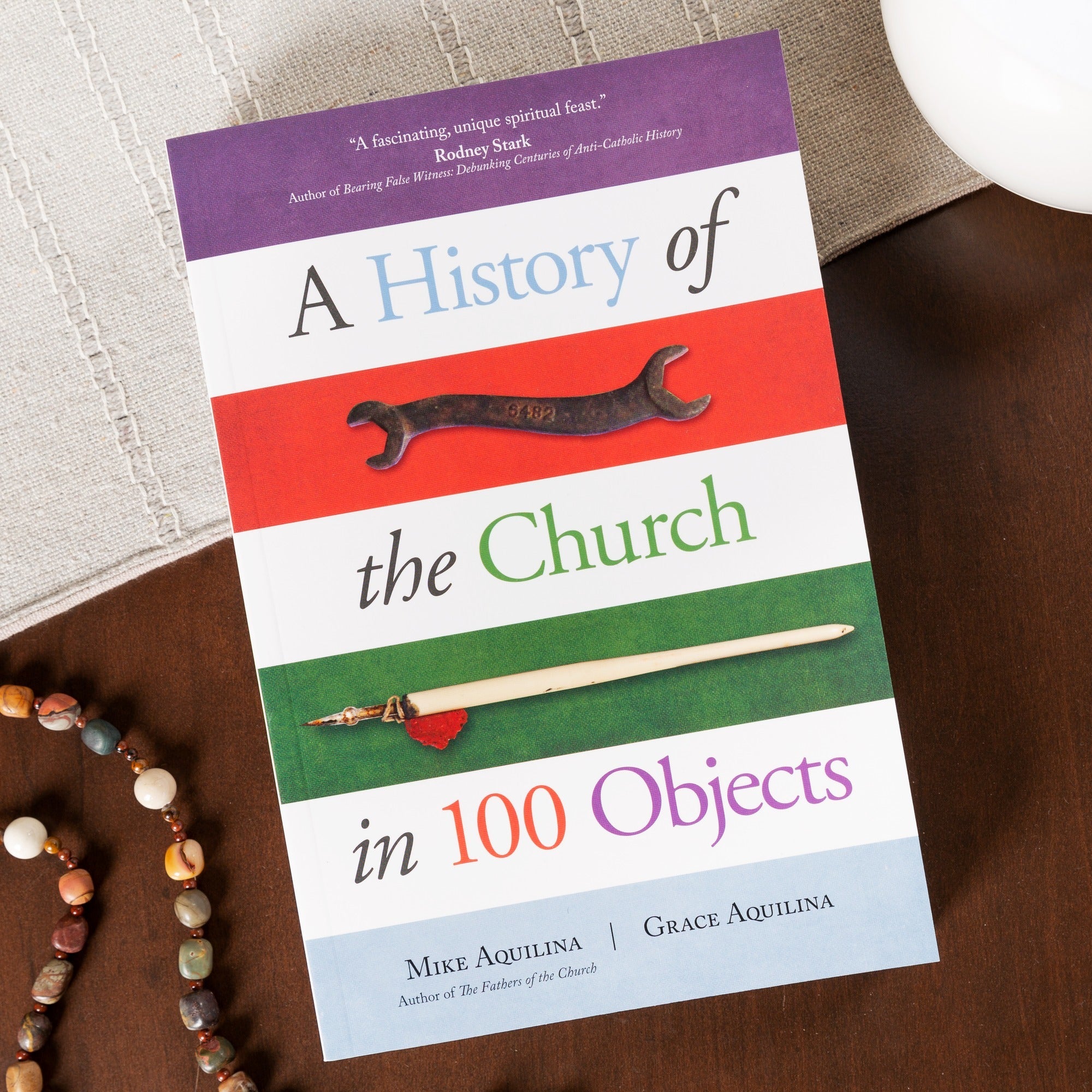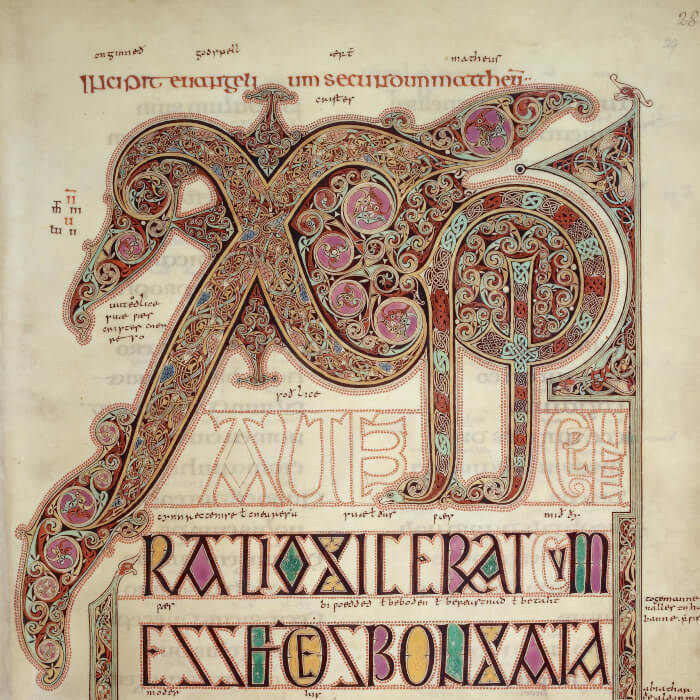The search for the Holy Grail—usually understood to be the Holy Chalice from the Last Supper—is so bound up in the legends of King Arthur that—if you heard these tales in childhood or later—you may have wondered: “What really happened to the Holy Grail? Did we ever find it?”
The answer is yes: at least, we have a very good guess as to where and what the Holy Grail is!
Tradition holds that the carved agate cup housed in the Cathedral of Valencia, Spain, is the very Chalice used by Our Lord at the Last Supper—the Holy Grail.

The Holy Chalice of Valencia (Photo credit: Vitold Muratov/Wiki Commons)
While other candidates have been proposed to be this precious vessel, the Valencia Chalice is the most commonly accepted one—and its claim is strong. This Chalice is dated to at least the 1st century A.D. (its stem was added later), and both Pope St. John Paul II and Pope Benedict XVI have celebrated Mass with it. Pope Francis has granted a Jubilee Year to the Cathedral that houses the Grail every five years.
Ultimately, the quest for the Holy Grail is more than simply a search for a physical relic. And the adventures of the fabled knights who dedicated themselves to finding it are more than mere fantastical children’s stories.
There’s something about the Grail—with all its legends and history—that reveals fundamental principles of the Catholic worldview.
In A Catholic Quest for the Holy Grail, author Charles Coloumbe explores the meaning of the Holy Grail—and all the relics, devotions, fables, and historical events connected with it—for Christians of yesteryear and for us today. You’ll discover the Grail’s connections to Catholic monarchy and chivalry and its place in Catholic history. You’ll find out what the Grail really symbolizes—and begin to understand its importance for both the Percivals and Galahads of legend, and the historical heroes who built Christendom.


